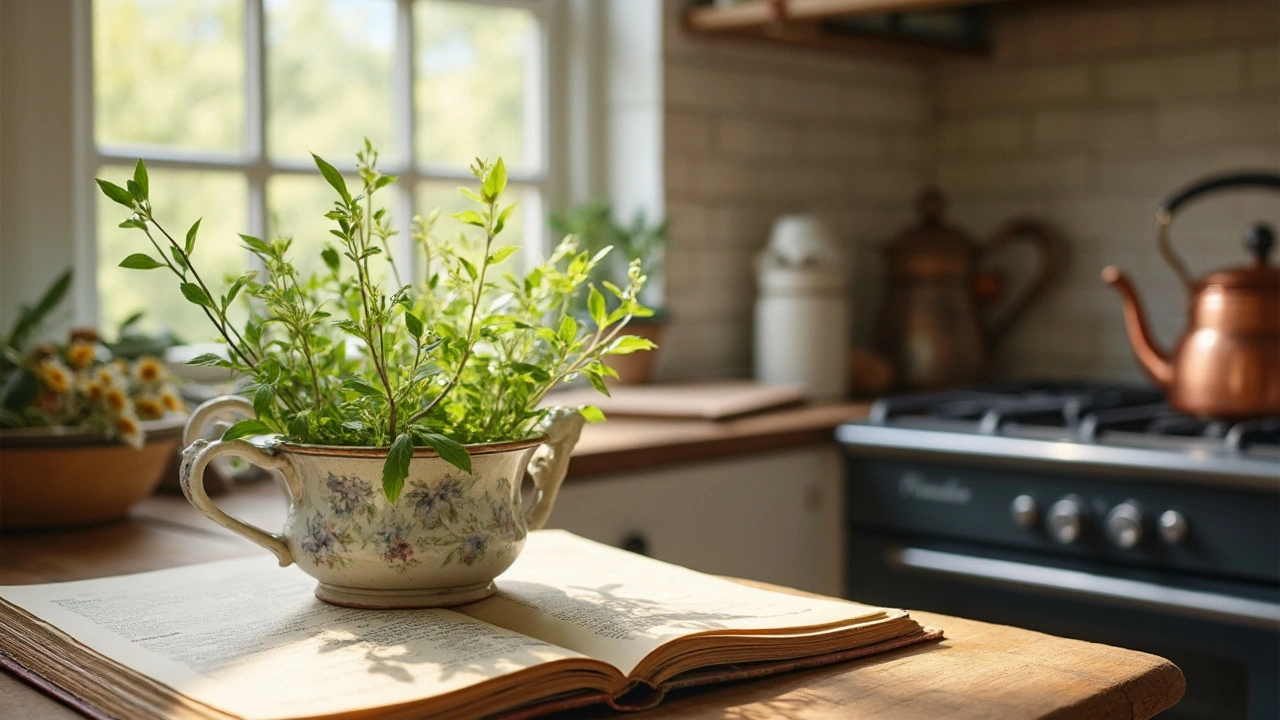Sweet Woodruff: Uses, Benefits, and Safe Ways to Try It
Sweet woodruff (Galium odoratum) is a low-growing herb with a sweet, hay-like scent. People have used it for centuries as a mild relaxant, digestive aid, and flavoring in drinks like May wine. Today you’ll find it in teas, sachets, and garden groundcover. This page explains what sweet woodruff can do, how to use it safely, and where to learn more on GenericCures.com.
How people use it
The most common way is a light tea made from dried leaves; steep a small pinch in hot water for a few minutes. People also use it to scent linen, add a delicate flavor to drinks, or make a tincture for occasional use. In gardens it’s popular as a fragrant groundcover that attracts pollinators and stays low under trees.
Safety first
What it contains matters. Sweet woodruff has coumarin, a fragrant compound that gives the plant its scent and some of its effects. Coumarin can act as a mild blood thinner in high amounts, so the herb’s safety depends on dose. Other plant chemicals may have mild anti-inflammatory and calming properties, but clinical human data are limited.
Do not use sweet woodruff if you take warfarin or other blood thinners, or if you have a bleeding disorder. Pregnant and breastfeeding people should avoid it because of limited safety data. Coumarin can damage the liver at high doses, so avoid long-term, heavy use. If you have liver disease, check with a clinician before using any supplement that contains coumarin.
Practical tips for trying it. Start very small: try a single short tea and watch how you feel. Use the dried herb sparingly—think pinch, not spoonful. Don’t mix it with alcohol or other sedating herbs until you know how it affects you. If you plan to use it topically, test a small patch of skin first to check for irritation.
What the research says. There are a few animal and lab studies suggesting mild anti-inflammatory and sedative effects, but human trials are scarce. That means some people report benefits based on tradition and personal experience, while medical proof is limited. Treat it as a gentle herbal option, not a substitute for medical treatment.
Related reading on this site. For herbal approaches to inflammation see our "Holistic Anti-Inflammatory Strategies" article. If you want antioxidant options, read "Maximize Your Health with Quercetin." For everyday supplements and plant-based remedies explore "Mouse Ear: The Breakthrough Supplement in Health."
Want more? If you plan to try sweet woodruff often, talk with your doctor—especially if you’re on medication or have liver or bleeding issues. Use small amounts and pause if you notice unusual bruising, bleeding, or persistent stomach upset.
Where to buy and how to store. Buy dried sweet woodruff from a trusted herb shop. Look for organic and avoid mixes that don't list ingredients. Avoid concentrated extracts unless advised by a herbalist. Store dried leaves in an airtight jar away from light and heat. Keep the herb out of reach of children and pets; coumarin can harm animals. Use caution always.
Sweet Woodruff: Unveiling the Hidden Health Benefits

Sweet Woodruff, a charming herb with a subtle vanilla-like scent, packs more than just flavor. Often overlooked, this plant offers surprising health benefits as a dietary supplement. From supporting digestion to promoting relaxation, Sweet Woodruff is a versatile addition to a wellness routine. Learn about its uses, benefits, and tips for incorporating it into your daily life. Discover why including this unique herb could be a simple yet impactful change.
- February 24 2025
- Tony Newman
- 11 Comments
